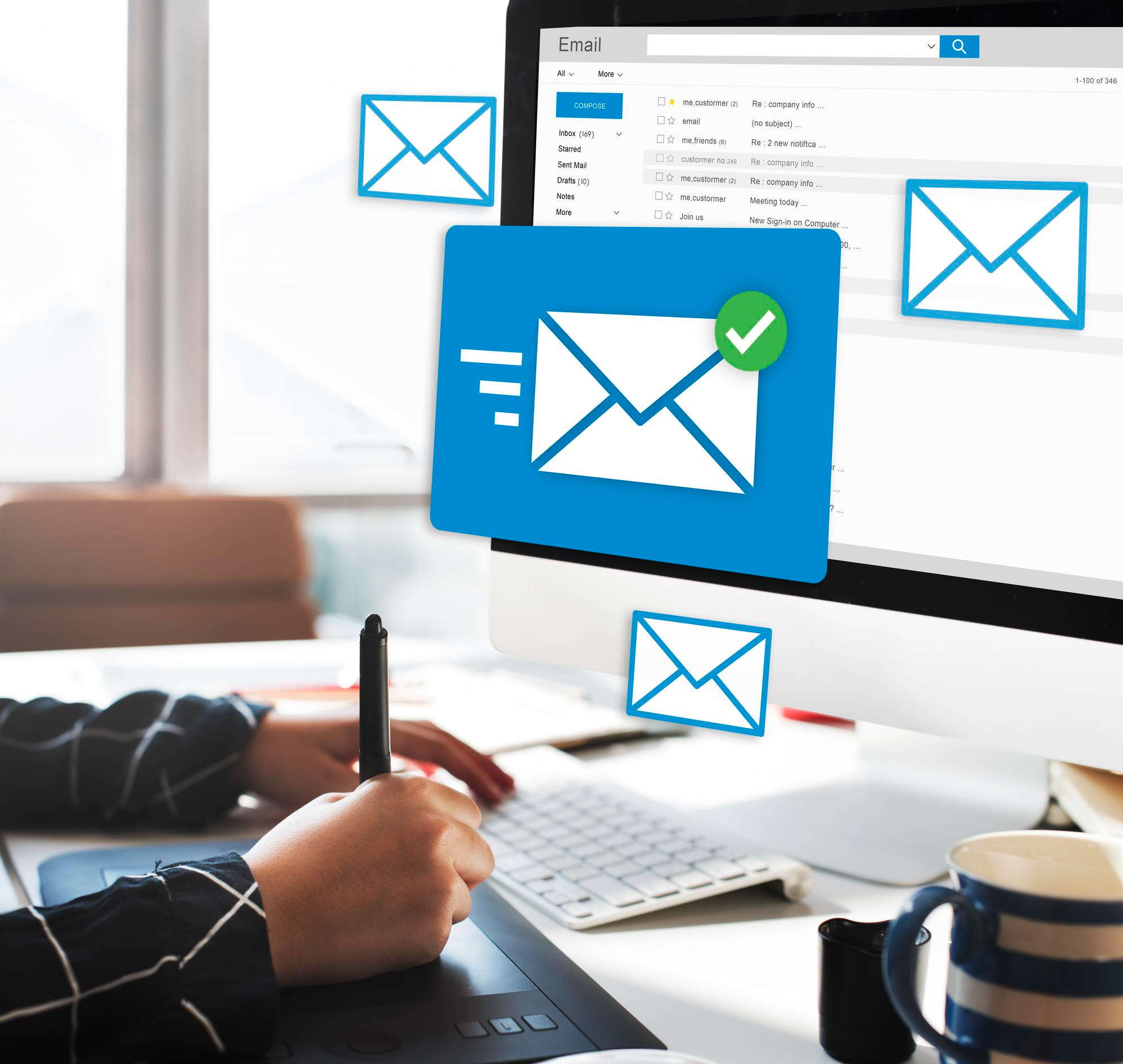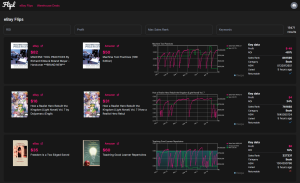Email marketing is still a strong approach in the field of e-commerce, where trends change quickly and social media algorithms are hard to predict. You can reach and interact with people on social networks, but email is even more powerful because it lets you go straight to your customers’ mailboxes. It’s personal, can be tracked, and is still one of the best ways to drive revenue.
But sending out a lot of generic texts won’t work anymore. With qeaeqso many emails, brands need to stand out with personalized texts that really help people. Learning how to run email ads that get a lot of responses can make or break your business, no matter how big or small it is.
What makes someone open, click, and buy? Today, we’re going to talk about email marketing methods that not only work but also get results.
#1. Create an organized and clean email list
Make sure you connect to the right people before you start writing your plan. Don’t buy email lists; doing so can affect your business more than help. Instead, focus on building your list naturally through your website, checkout process, pop-ups, social contests, and referral programs.
Before you start segmenting, it’s essential to maintain a clean email list through email verification and by removing invalid, outdated, or risky addresses. This helps protect your sender reputation, reduces bounce rates, and improves overall deliverability.
Showcasing real-time customer interaction through social media wall tools like Walls.io on your website can also help you boost organic newsletter sign-ups by leveraging authentic user-generated content around your eCommerce brand.
As your list grows, divide it into sections. Someone who has bought more than once should get different emails than someone who just signed up. By segmenting, you can make material that is more relevant and hits home more deeply.
For example-
- New subscriber? Send a welcome offer.
- Repeat buyer? Recommend similar products based on their history.
- Dormant customer? Share a “We Miss You” offer with a discount.
The more tailored your emails feel, the more they’ll engage.
For example, tools like ReferralCandy can automate and incentivize customer referrals to rapidly grow your email list with high-quality subscribers.
#2. Create Engaging Subject Lines
The subject line is the title of your email. Your neatly written message might not get opened at all if it doesn’t grab someone’s attention right away. Make sure the subject lines are short, clear, and related to the material inside. Interest, urgency, or even fun can get people to open your emails, but don’t use clickbait.
#3. Find out how to do the welcome series
Your welcome email is the first thing people will see, so make it good. A single “thanks for joining” email is fine, but a welcome series of two to three emails is much better at setting expectations, building trust, and getting new subscribers to make their first buy.
4. Make Your Emails Work on Mobile Devices
Phones are used to open more than half of all texts. People will quickly leave your email if it doesn’t load properly, looks busy, or has buttons that are hard to click. Think about mobile when you design: use big fonts, a single-column style, add your logo design for quick brand recognition, and call-to-action (CTA) buttons that are easy to press with your thumb.
Start by telling people about your business and what makes you unique. Tools like ZenBusiness can help you build a professional presence and communicate your brand effectively. After that, make a list of the best-selling books or customer choices. Add a discount, a referrer link, or a how-to guide at the end of the list. These connections get people interested in what you have to say and get them to take action.
Plus, make sure the images are optimized to load quickly, and before you send an email, always check it on both your mobile device and a computer.
5. Go Beyond a Name to Make It Unique
It’s normal to call someone by their first name. Take it a step further by customizing material based on how customers behave, what they buy, or what websites they visit. For example, if someone got sneakers, tell them to get some socks or shoe care kits. If a customer leaves their cart, give them a quick, friendly push to remind them of what they left behind.
Sending emails like these shows that you’re interested and not just sending a bunch of messages. Their job is to help, not bother, you when they’re done right.
6. Use scarcity and urgency
It’s because people don’t want to miss out that haste and scarcity work. People are more likely to act quickly when something is only short-term or when there aren’t many things left.
But don’t do too much. Everyone will quickly lose faith in you if every email you send says, “Only a few hours left.” When it matters most, use urgency in a real and smart way to get things done.
7. Make One CTA Clear
You should only use your email for one thing, like shopping a sale, checking out new items, or reading a blog post. Don’t overwhelm people with too many links and calls to action. Instead, make a clear CTA button that stands out and takes people to a specific landing page.
At least once more in the email, stress the same action. This could be done as a written link or a second button. Repeating something makes people more likely to click on it, especially skimmers.
8. Use automation wisely
While programs that you run by hand are great, automated email flows can help you grow your business and make sales while you sleep. Set up emails that will be sent when-
- Remind customers they need to finish their purchase within 24 hours.
- Request feedback, give care instructions, or suggest more items that go well with the buy as follow-ups.
- Remind them of the things they looked at before they left the page.
- Send a discount or gift on your birthday to keep people coming back.
Wrapping It Up
Email marketing for e-commerce is still effective, has a high ROI, establishes lasting relationships, and drives repeat purchases. But chance and spam don’t make people successful. Know your audience, convey the correct message at the right time, and provide value with each email.
Email may be more than a marketing tool if used properly. It can become a brand voice extension where people trust and buy from you. Use these best practices to create your plan and turn subscribers into repeat clients.








